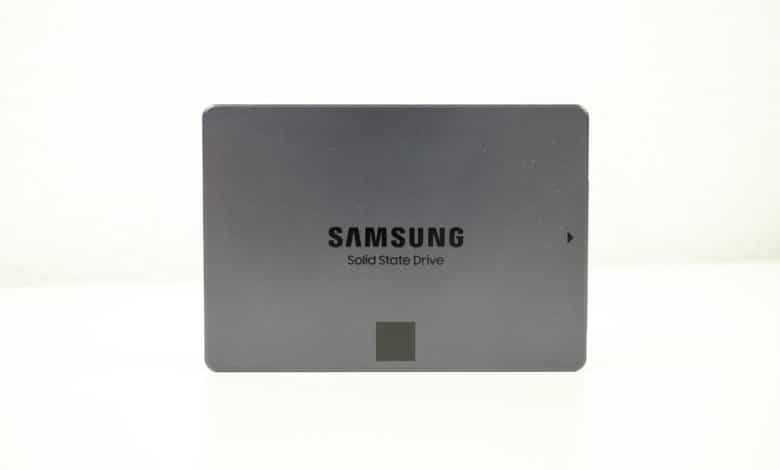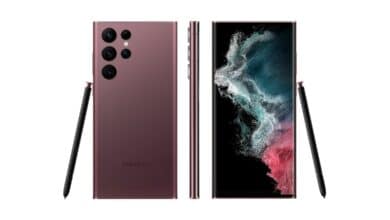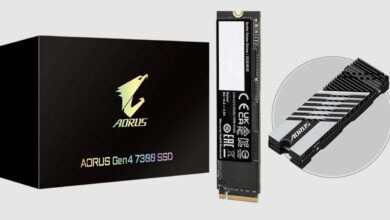
Samsung announced the now third generation QLC NAND flash with 4 bits per memory cell at Samsung Tech Day 2021. In combination with the 176-layer design, this results in a significantly higher operating speed in the Samsung V7 QLC.
Samsung V7 QLC gets faster
QLC NAND with 4 bits per cell has already been used by Samsung for three years. The technology took its start in the 860 QVO SSD with 64 layers. After the 870 QVO SSD with 96 layers, Samsung skips an intermediate step and offers the Samsung V7 QLC directly with 176 layers. The market launch is planned for next year.
The change to a 4-plane design of the Samsung V7 QLC is also supposed to be accompanied by a significant performance increase of the memory, which is the biggest problem of QLC NAND besides durability.
The write throughput is said to have been increased by 2.7 times, whereas the read by 2.6 times compared to the V4 QLC, Samsung predicts. Compared to the current V5 QLC, roughly a doubling of speed should be expected.
Samsung V7 QLC also for smartphones
At the same time, Samsung wants to expand the application areas of the V7 QLC and offer a UFS (Universal Flash Storage) variant for smartphones in addition to a consumer and enterprise solution.
Probably not in Samsung’s Galaxy S22 generation. However, it is conceivable that the QLC UFS storage will be used in Samsung’s mid-range models next year.




No replies yet
Neue Antworten laden...
Neues Mitglied
Beteilige dich an der Diskussion in der Basic Tutorials Community →